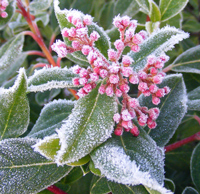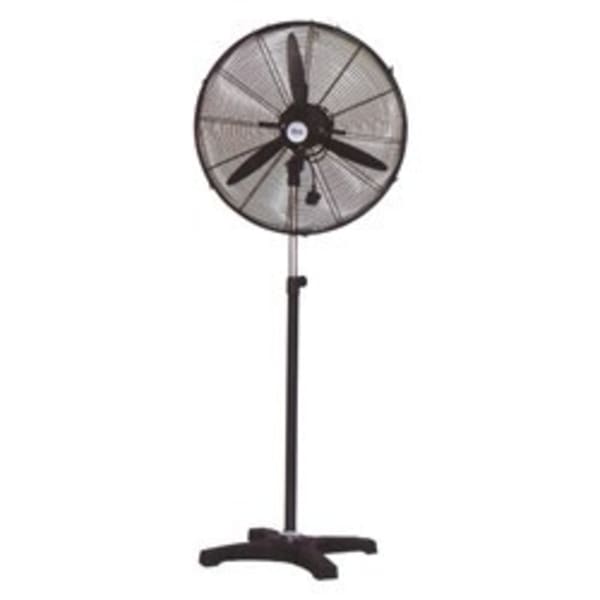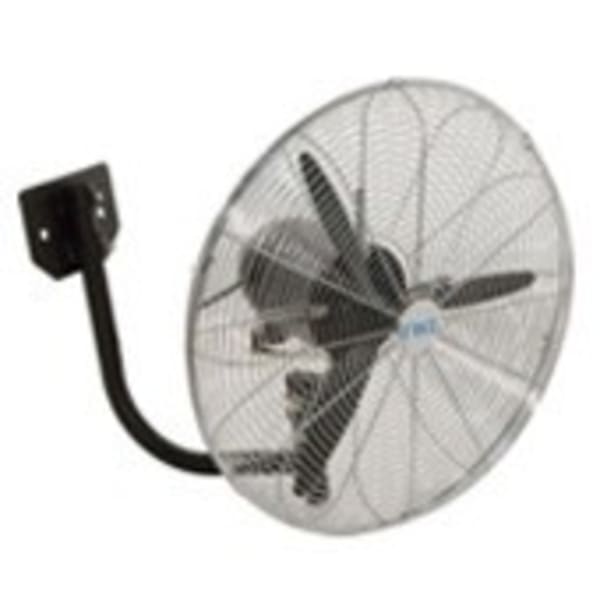Cooling Fans
Principles of Cooling
 Your body can cool down through three processes: convection, radiation and perspiration, ventilation enhances all these processes.
Your body can cool down through three processes: convection, radiation and perspiration, ventilation enhances all these processes.
Mechanical air circulation can be used with natural ventilation to increase comfort, or with air conditioning for energy savings.
Moving air can remove heat from your home. Moving air also creates a wind chill effect that cools your body.
Convection occurs when heat is carried away from your body via moving air. If the surrounding air is cooler than your skin, the air will absorb your heat and rise. As the warmed air rises around you, cooler air moves in to take its place and absorb more of your warmth. The faster this convecting air moves, the cooler you feel.
Radiation occurs when heat radiates across the space between you and the objects in your home. If objects are warmer than you are, heat will travel toward you. Removing heat through ventilation reduces the temperature of the ceiling, walls and furnishings. The cooler your surroundings, the less heat you’ll attract and the more of your own excess heat you’ll lose.
Perspiration can be uncomfortable, and many people would prefer to stay cool without it. However, during hot weather and physical exercise, perspiration is the body’s powerful cooling mechanism. As moisture leaves your skin pores, it carries a lot of heat with it, cooling your body. If a breeze (ventilation) passes over your skin, that moisture will evaporate more quickly and you’ll be even cooler.
Fans circulate air but do not reduce temperature or humidity, some fans that are used to circulate air cost little to buy and run, commercial & industrial portable, pedestal and floor fans or fixed ceiling and wall models are all available from Airflow.
$295.65
$320.00
$250.43
$813.04
$875.65
$300.00
$149.56
$257.39
$400.00
$204.35
$391.30
$421.74
$308.70













